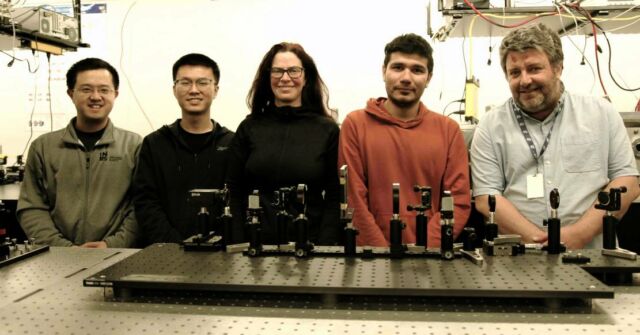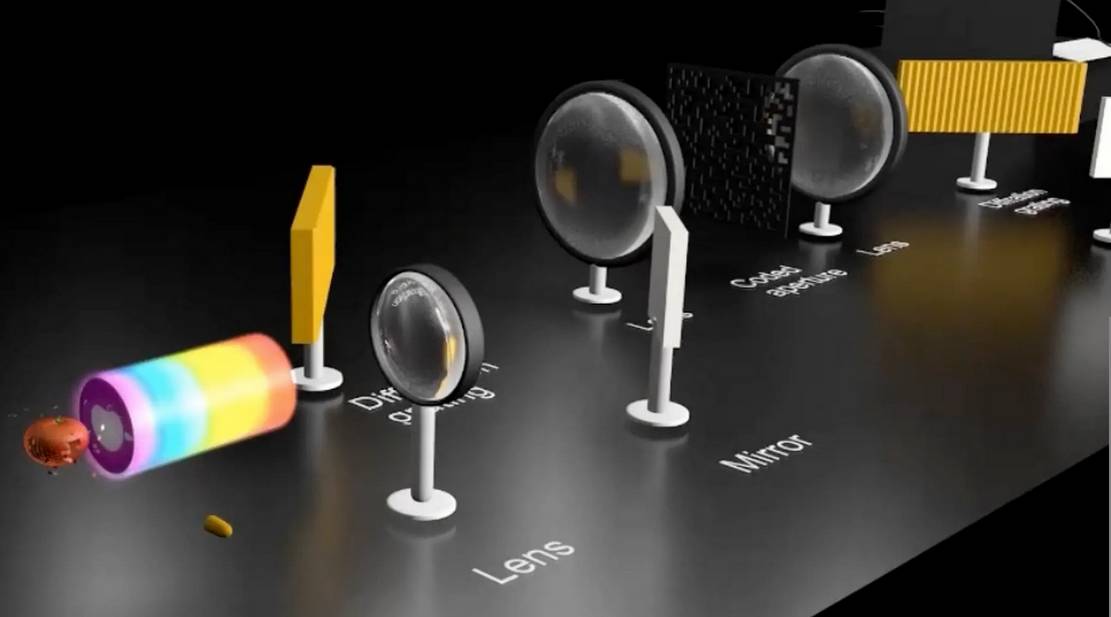|
Getting your Trinity Audio player ready...
|
Scientists have developed the world’s fastest camera, which can shoot at an astonishing 156.3 trillion frames per second (fps).
Jinyang Liang, a Professor at the Institut National de la Recherche Scientifique (INRS), and his team have developed a new ultrafast camera system that can capture up to 156.3 trillion frames per second with astonishing precision, based on INRS’ Énergie Matériaux Télécommunications Research Centre.

2D optical imaging of ultrafast demagnetization in a single shot is possible for the first time. This new device, SCARF (for swept-coded aperture real-time femtophotography), can capture transient absorption in a semiconductor and ultrafast demagnetization of a metal alloy.
This new method will help push forward the frontiers of knowledge in various fields, including modern physics, biology, chemistry, materials science, and engineering.

Professor Jinyang Liang, an expert in ultra-fast and biophotonic imaging, said:
“However, this approach can only be applied to inert samples or to phenomena that happen the exact same way each time. Fragile samples, not to mention non-repeatable phenomena or phenomena with ultrafast speeds, cannot be observed with this method.
For example, phenomena such as femtosecond laser ablation, shock-wave interaction with living cells, and optical chaos cannot be studied this way.”
The T-CUP (Trillion-frame-per-second compressed ultrafast photography) system was based on passive femtosecond imaging capable of acquiring ten trillion (1013) frames per second. This was a major first step towards ultrafast, single-shot real-time imaging.
source INRS



